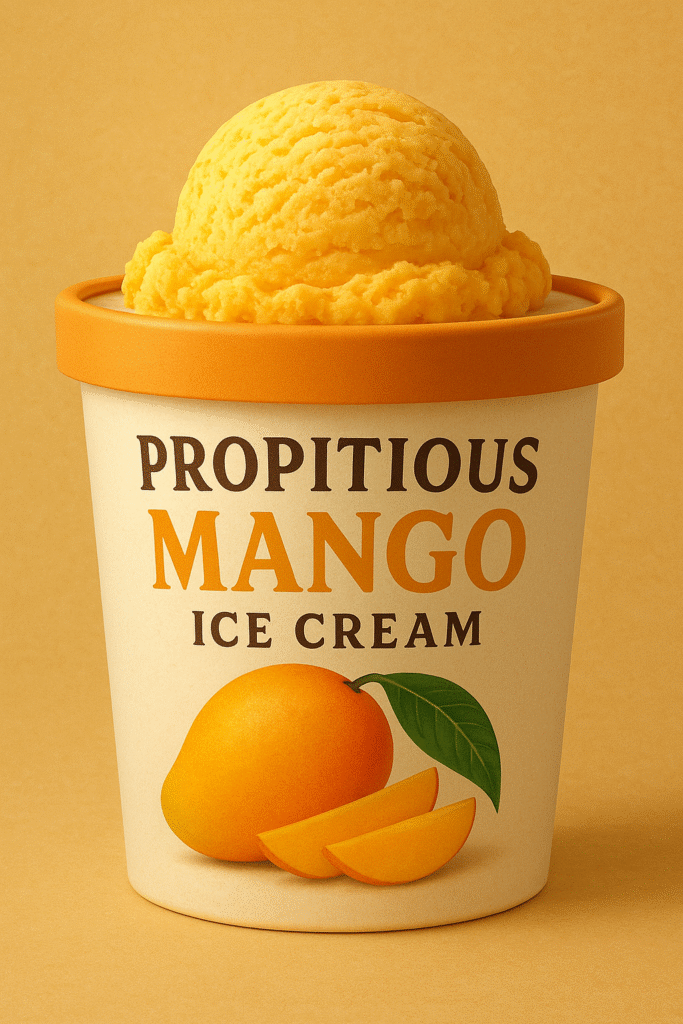Indian Sweets: Exploring the Irresistible World of Indian Mithai

Discover the rich variety of Indian sweets, from traditional favorites to modern delights. Indulge your taste buds with our exquisite recipes and tips.
Trending News Fox, “Fast. Fierce. First on the Story.”
Digital Desk Team, Kolkata
Edited by Saibal Bose
A Symphony of Sweetness: Exploring the Irresistible World of Indian Mithai
India, a land of vibrant cultures and diverse landscapes, offers a culinary tapestry as rich and varied as its heritage. Among its many gastronomic delights, Indian sweets, or mithai, hold a special place. The melt-in-your-mouth gulab jamuns tell a story of tradition and celebration. The intricately layered mysore pak is pure indulgence. Join us on a delectable journey through the enchanting world of Indian mithai.
A Sweet History: Mithai Through the Ages
The art of making Indian sweets is deeply rooted in history, with recipes and techniques passed down through generations. Ancient texts mention sweet preparations involving honey, fruits, and grains. The arrival of sugar cane cultivation in India further revolutionized mithai making. It led to the creation of the many syrup-based sweets we know and love today.
Regional variations abound, reflecting the local ingredients and culinary preferences. In the north, milk-based sweets like peda and barfi reign supreme. The east is famous for its rasgulla and sandesh, made from fresh cheese. The west boasts treats like modak and shrikhand, while the south offers delights including payasam and jangiri. Each region’s unique climate and produce have contributed to the incredible diversity of Indian mithai.
Indian Sweets: A Celebration in Every Bite
Mithai is more than just dessert in India; it’s an integral part of celebrations, festivals, and everyday life. No Diwali is complete without an array of colorful sweets to share with family and friends. Weddings are marked by elaborate mithai displays, symbolizing prosperity and joy. Even the simple act of visiting someone’s home includes the offering of a sweet treat. This is a gesture of warmth and hospitality.
The sheer variety of Indian sweets is astounding. You might crave the deep-fried goodness of jalebi. Maybe it’s the nutty crunch of soan papdi that calls to you. The creamy richness of kulfi or the delicate fragrance of cham cham is what you want. There’s a mithai to satisfy every palate. The artistry involved in their preparation is also remarkable, with skilled confectioners (halwais) often spending years perfecting their craft.
Beyond the Classics: Modern Twists and Healthy Alternatives
While traditional mithai continues to be cherished, the world of Indian sweets is also evolving. Modern interpretations incorporate new flavors and techniques, resulting in innovative creations. Health-conscious consumers are also seeking out alternatives made with natural sweeteners, whole grains, and lower fat content. This blend of tradition and innovation ensures that the love for Indian mithai will persist. It will thrive for generations to come.
Frequently Asked Questions (FAQ)
1. What are the main ingredients used in Indian sweets?
Common ingredients include milk and milk solids like paneer and khoya. Sugar or jaggery, and flours like wheat, gram flour, and rice flour, are also used. Nuts like almonds, cashews, and pistachios, along with ghee (clarified butter), are key ingredients. Aromatic spices like cardamom and saffron add flavor. Fruits and vegetables like carrots, gourds, and lentils are also used in some sweets.
2. Are Indian sweets generally very sweet?
Many traditional Indian sweets are indeed quite sweet due to the use of sugar or jaggery. But, the level of sweetness can vary depending on the type of mithai and regional preferences. Modern adaptations sometimes reduce the sugar content.
3. How should I store Indian sweets?
Storage depends on the type of sweet. Milk-based sweets generally need to be refrigerated and consumed within a few days. Sugar syrup-based sweets can often be stored at room temperature in airtight containers for a longer period. Dry sweets like barfi can also be stored at room temperature.
4. Are there any gluten-free or vegan Indian sweets?
Yes, there are several gluten-free options, particularly those made with rice flour, gram flour (besan), or nuts. Vegan options are also becoming more common, often using plant-based milk alternatives and sweeteners.
5. What are some popular Indian sweets for beginners to try?
Some good starting points include:
* Gulab Jamun: Deep-fried milk solid balls soaked in rose-flavored sugar syrup.
* Jalebi: Crispy, spiral-shaped fried dough soaked in sugar syrup.
* Barfi: Milk-based fudge, available in various flavors like plain, pistachio, and chocolate.
* Ladoo: Ball-shaped sweets made with ingredients like gram flour, semolina, or coconut.
* Rasgulla: Spongy cheese balls soaked in light sugar syrup.
Tags: Indian Sweets, Mithai, Indian Food, Dessert, Gulab Jamun, Jalebi, Barfi, Ladoo, Rasgulla, Diwali Sweets, Festive Food, Indian Cuisine, Traditional Sweets, Sweet Treats, India
Discover more from Trending News Fox
Subscribe to get the latest posts sent to your email.




